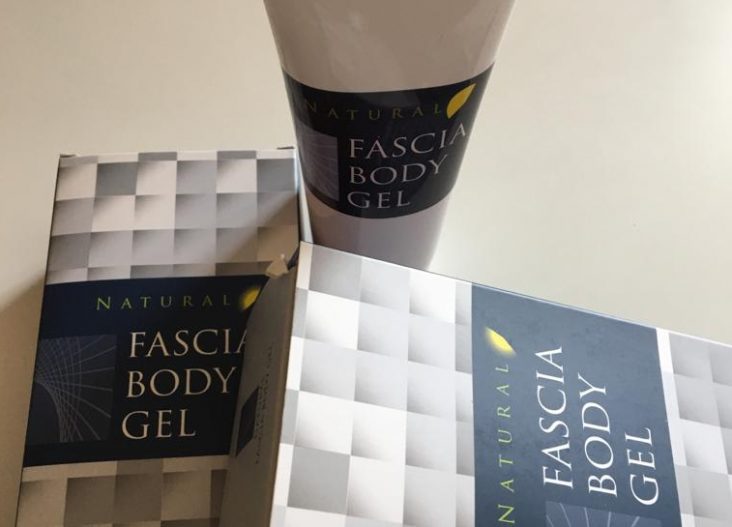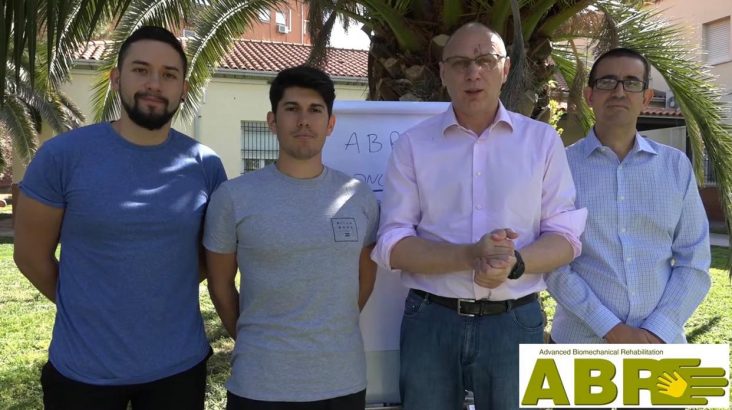WHY SITTING? WHAT IS ‘EASY’?
Cerebral palsy, genetic conditions, and rare diseases affecting a child’s development are difficult diagnoses.
The central question is – how can we achieve an Easier And Happier Life Despite The Difficult Diagnosis for a child and for the entire family?
With so many apparent problems in movement, eating, sleeping, and learning you can’t chase them all at once – you need TO PRIORITIZE and choose what is A SINGLE MOST IMPORTANT QUALITY THAT IMPACTS A CHILD’S LIFE THE MOST – NOW AND FOR YEARS TO COME?
THERE IS ONLY ONE OBVIOUS ANSWER!
You need a comfortable, steady, relaxed, confident – in other words EASY SITTING for everything that makes up 95% OF EVERYDAY LIFE: eating, drinking, walking outside, having eye contact, communicating, learning, playing, etc.
At the same time if your child has EASY SITTING it very much GUARANTEES ESSENTIAL THRIVING AND EVERYDAY CARE –easy resting, easy sleeping, easy washing and bathing, easy transfers to and from the chair, the car, the bed, etc.
And not only that EASY SITTING is a necessary STEPPING STONE TOWARDS MORE AMBITIOUS GOALS – standing, crawling, walking, riding … IF SITTING IS A HARD WORK FOR YOUR CHILD THAT REQUIRES EFFORT AND ATTENTION … THE MORE AMBITIOUS FUNCTIONS ARE VERY UNLIKELY TO EMERGE – no matter how much training and therapies you do.
And now it’s time for a hard truth:
If your child’s sitting is not easy and effortless but effortful or slouched … it’s not really a true sitting.
If your child’s sitting depends on the happy mood, on the muscular effort, on the good sleep, on the good meal, or on any other “Ifs” – it’s NOT EASY, and … IT DOESN’T COUNT…
SITTING IS NOT ‘A SKILL’ – IT’S BUILT-IN AUTOMATIC PROPERTY that relies on the built-in bodily anatomy, capacity, and intelligence – IT SHOULD BE MIND-FREE AND WORK-FREE
ONLY THEN IT COUNTS AS TRUE SITTING, AND ONLY THE TRUE SITTING OPENS UP MUCH EASIER AND HAPPIER LIFE where the child is free to explore, communicate, and have personal space.
EASY SITTING = TRUE SITTING
UNFORTUNATELY, MOST OF THE PARENTS AND THERAPISTS GET THIS WRONG!
They spend countless hours of training on trying to build sitting as a skill – with lots of clever strategies, encouragement, cheering, and clapping for the short-lived and very effortful ‘successes’, which don’t stay and often disappear after an illness, or vacation, or a growth spurt.
FORTUNATELY, THERE ARE NEW TOOLS AND STRATEGIES THAT ALLOW YOU TO START BUILDING A TRUE EASY SITTING FOR MODERATELY AND EVEN SEVERELY AFFECTED CHILDREN OF GMFCS LEVELS III, IV, V
The EASY SITTING ONLINE COURSE
We are excited to introduce the easiest and most economical way to start ABR for parents of children with the most diverse conditions all around the world. From Cerebral Palsy to genetic conditions or rare diseases.
ABR’s Easy Sitting Online Course offers an incredible opportunity to improve the effortless sitting capacity of children with disabilities worldwide.
With access to the latest developments in ABR techniques and based on our Easy Rehabilitation Principle, it offers access to the 10 key ABR exercises that will unlock the 5 main points that define an Easy Sitting.
We’ve chosen a classic sculpture to illustrate the timeless properties of an Easy Sitting that we, healthy people, take for granted so naturally that we don’t even think about it… but the gifted artists have the ability to capture those hidden ‘Easy’ qualities of Sitting without long explanations – just through the sense of harmony and effortlessness.

- Sitting platform
- The waist
- The neck
- The Vertebral Column
- Iliacs
For only $399 or 375 Euros, this Online Course offers LIFETIME VALUE. It is designed to empower families, caregivers, and professionals with practical ABR techniques and exercises, paving the way to improve the natural Easy Sitting capacities of your child.
You learn once, you pay once and then you have a tool to use for years to come whether your child is 1, 11, or 21 years old! With this Online Course, you get an exercise program that can accompany you throughout your child’s life.
Lifelong exercise? Why is it necessary?
That’s the nature of a difficult diagnosis. Unfortunately, your child lost a lot at the start of their life – whether during the pregnancy or at birth. That’s why for as long as your child keeps growing – unfavorable structural transformations of muscles, ligaments, bones, fascia, and the changes of proportions related to imbalanced growth that would be challenging and eroding the Ease of Sitting – loosening the sitting surface grip, restricting counterbalancing, affecting neck stabilization, blocking the spinal undulations, increasing the pelvic twists…
The Easy Sitting program is designed to offset those negative tendencies that would creep in with child’s growth because of the difficult diagnosis.
Consider it a super-special fitness program that you need to do as regular exercises – similar to a healthy person needing exercise to stay fit and offset the negatives of modern work and lifestyle.
We recommend 100 hours of work per year (or 100 minutes per week) to make a significant impact on your child’s quality of sitting.
As an additional benefit for the Easy Sitting course students we will teach you how to track your child’s progress using simple photo tests that you can do with your phone camera.
How is that possible?
But isn’t every case is individual? How can you prescribe a program without seeing my child’s unique body structure and movement abilities? How can you be sure that the same program will benefit a person at 1, 11, or 21 years old?
Well, the answer is in the name EASY SITTING.
To use the famous saying: All difficulties are unique, but the essentials of Easiness are the same.
Your child ALWAYS needs a better sitting grip, better counterbalancing, better upper stabilization, better spinal wave undulations, and better pelvic twist neutralization …
EASY SITTING COURSE has all these essentials covered!
EVERY CHILD WITH A MODERATE POSTURE AND MOVEMENT DISABILITY (GMFCS Levels III and IV) can benefit from ABR’s Easy Sitting Online Course in a most direct and straightforward way.
Easy Sitting course is especially recommended for babies and toddlers with difficult diagnoses, and later on for pre-adolescents and in the period of growth. However, even for young adults, Easy Sitting is extremely beneficial to offset the challenges and difficulties accumulated over the years.








